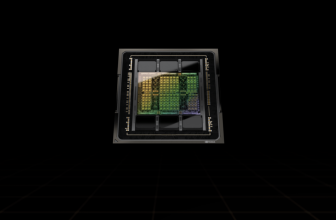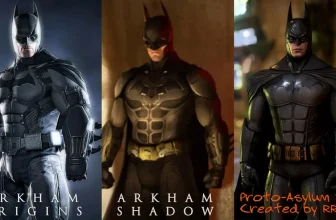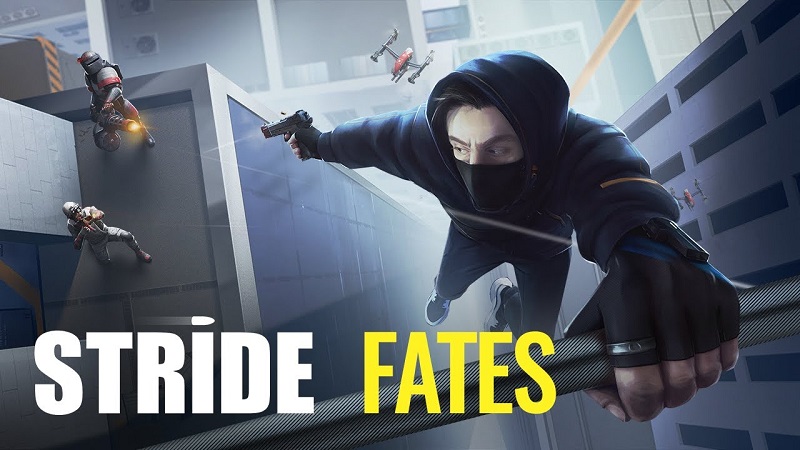
Do you remember Stride? Undoubtedly, you remember Stride! It is an impressive parkour game that was released on Quest a while ago, showcasing Joy Way’s exceptional VR traversal skills. It may have taken some time to adapt to, but once you did, it offered a meditative parkour experience, immersing you in a seamless flow of movement and excitement as you sprinted, wall-ran, jumped, and used grappling techniques to navigate the levels. Over time, it added more game modes and multiplayer functionality, solidifying its position as one of the top games on Quest for enthusiasts of this specific gaming genre. It has even been compared to the golden days when EA released games like Mirror’s Edge, as opposed to churning out endless sequels of Call of Battlefront.
However, JoyWay suggested the idea of incorporating Stride mechanics into a narrative-driven campaign. Wouldn’t that be an exciting concept?
The fan base expressed enthusiasm, stating that it would be excellent.
JoyWay announced the game Stride: Fates, causing confusion about whether it would be a free update, DLC, or a separate game. Due to poor reception of a one-hour campaign, JoyWay decided to revamp Fates into a standalone single-player campaign game.
Finally, the game Stride: Fates has arrived. What are your thoughts on it? Did it meet your expectations after the long wait? Is the upgraded game engine performing exceptionally well? Let’s discover the answers!
Taking it in Stride
Fates casts you as a slum dog in the dystopian Airon City. You’ve been recruited as a chaser by the elite forces of SkyChase, the blurb claims that your ‘fate’ is bound to various other characters, but that’s not really true. The only character you have any kind of actual connection to is your handler, who shows up a few times as a hologram to guide you, but mainly screams quite painfully whenever you die.
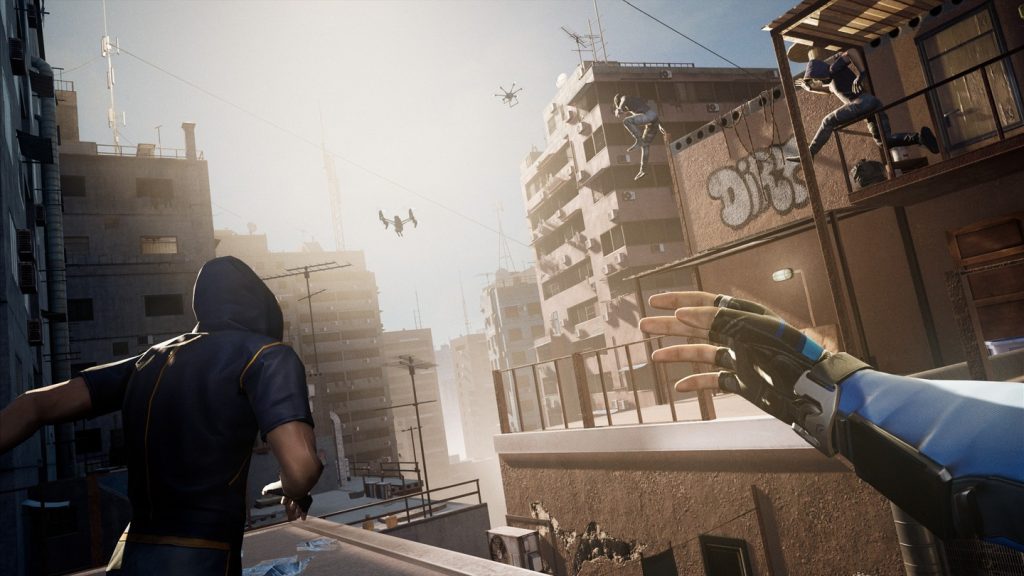
The story, well, the story..is present, but it is not deserving of any accolades. Its main purpose is to connect the levels together and provide some context, but it is not something that will evoke any strong emotions from you.
However, that is not significant, correct? I mean, we are all interested in parkour and shooting games, right?
Now, let’s discuss the gameplay.
In Stride: Fates, the gameplay spans over 12 levels, and it will require approximately 7-9 hours for you to finish. Initially, you begin with a pistol, but you will soon obtain a shotgun and eventually a machine gun. It is worth mentioning that all your weapons can be improved.
The levels present a commendable assortment of gameplay styles, including action shooters, parkour-based challenges inspired by Stride, and a few focusing on stealth gameplay.
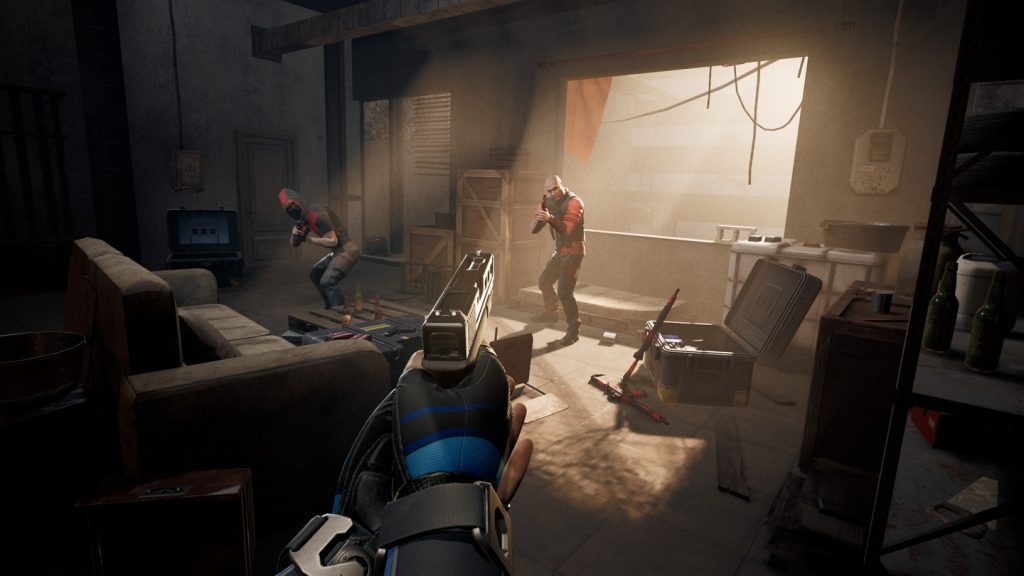
The levels in the shooter game vary in quality. The initial ones can be frustrating because the basic pistol is not very powerful and the level design does not consistently promote parkour, which takes away from the enjoyable aspects of Stride.
However, it must be acknowledged that the action shooter levels in the latter half of the game are significantly improved and more enjoyable. This is due to a combination of factors such as having access to better weapons, the improved design of the levels allowing for smoother movement, and the player’s increased familiarity with navigating through some of the frustrating aspects of Stride: Fates. However, we will discuss these issues further at a later point.
The stealth sections seem incomplete and inappropriate. I don’t play games like Stride or Fates to navigate through air vents, avoid security cameras, and sneak up on enemies, especially when it feels like I am just a floating head inside the vents with my eyes barely able to see at the bottom. It’s not like Splinter Cell VR at all.
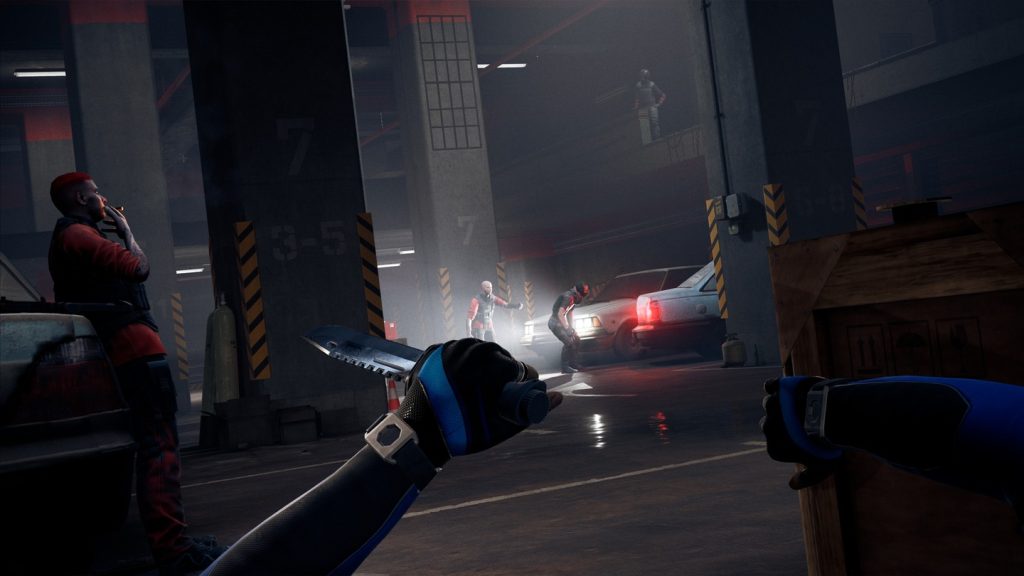
Next, we have the parkour stages, and it’s no surprise that these are the levels where Stride truly excels and showcases its strengths. Here, you can experience the seamless flow of parkour while simultaneously shooting enemies, gracefully jumping, crouching, and dodging obstacles, running on walls, gripping ledges, and climbing without pause. These levels can provide an exhilarating experience.
When it comes to adversaries, there is a satisfactory, if not remarkable, range of them: ordinary individuals, individuals with shields, individuals who act as long-range snipers, individuals with chain guns, drones, and one ultimate boss. As I am writing this, I have just realized that all the enemies are male. Is this a case of sexism or misandry? Who can say for sure? More importantly, who really cares? The priority is to rescue the city and address any concerns later on.
Airon Aesthetics
Airon, despite being a dystopian city, appears surprisingly clean and visually appealing. It lacks a unique style, making it unfavorable when compared to the distinctive visual signature of Mirror’s Edge. Just the mention of Mirror’s Edge brings its visuals to mind for anyone who has played it. However, the reworked Stride in Airon still manages to look good. It includes features like puddles on the floor, reflections on surfaces, and a commendable level of detail. The game also presents a challenging number of enemies on screen to test your skills when it intends to overpower you.
Airon-Phonics
The audio in Stride: Fates is a bit inconsistent. The voice acting for your handler is mostly fine, but the exaggerated scream she makes over the radio when you die is overly dramatic and uncomfortable. It would have been better if she simply said a sorrowful “Oh, No..” Instead, it becomes repetitive and irritating after hearing it multiple times. However, if it serves as a motivation for you to stay alive, then I suppose it can be seen as a positive aspect.
The sound design is somewhat inadequate. The weapons lack impactful sound effects, both during shooting and reloading. The game would benefit from a more immersive audio experience. I desire the guns to sound powerful and the reloading to be satisfying. Additionally, I would like to hear my footsteps more clearly and feel the adrenaline pumping during intense moments. However, the game falls short in this aspect. Similarly, the music is action-packed and sets the appropriate mood, but it becomes repetitive and cliché. Fortunately, JoyWay has promised to address this issue in the next patch by adding more variety to the music.
However, there are still a few remaining issues that need to be addressed with the patches. Let’s discuss those further.
Chasing Chasers
During the first half of the campaign, it seems like JoyWay may have taken on more than they can handle. The earlier levels sacrifice the strengths of Stride for a mediocre shooter experience. As a game focused on parkour, there are too many interruptions and distractions. You constantly pause, turn around, and search for upgrade packs and controls can be confusing. This disrupts the flow of the game and makes it feel like the Parkour-Shooter is hindering itself.
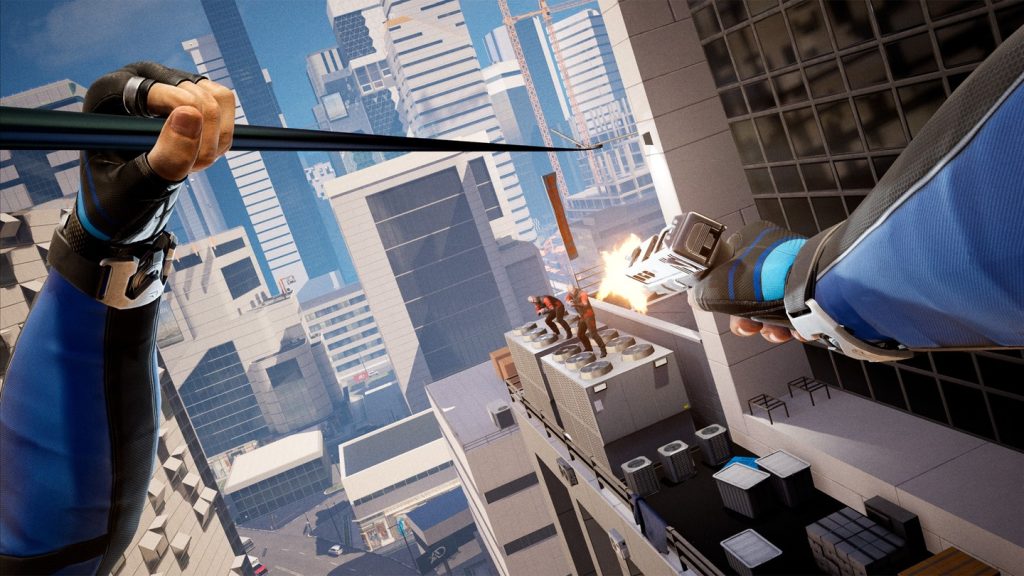
One of these is just an example of poor game design. Upgrade packs should be along your path or along alternate paths, not hidden away from your path. Or, more fluidly, should be rewarded for parkour skills and achievements or run completion times.
There are also some mechanical inconsistencies, especially with the Yakuza level clearly inspired by JoyWay’s own Red Flowers, where sometimes you can’t simply run up steps, you have to jump over them, only to sometimes find yourself sliding back down and then have to hop hop to get to their end. This shouldn’t happen, at all. Maybe the assets were ported over from Red Flowers into Fates and not quite adapted properly? I don’t know.
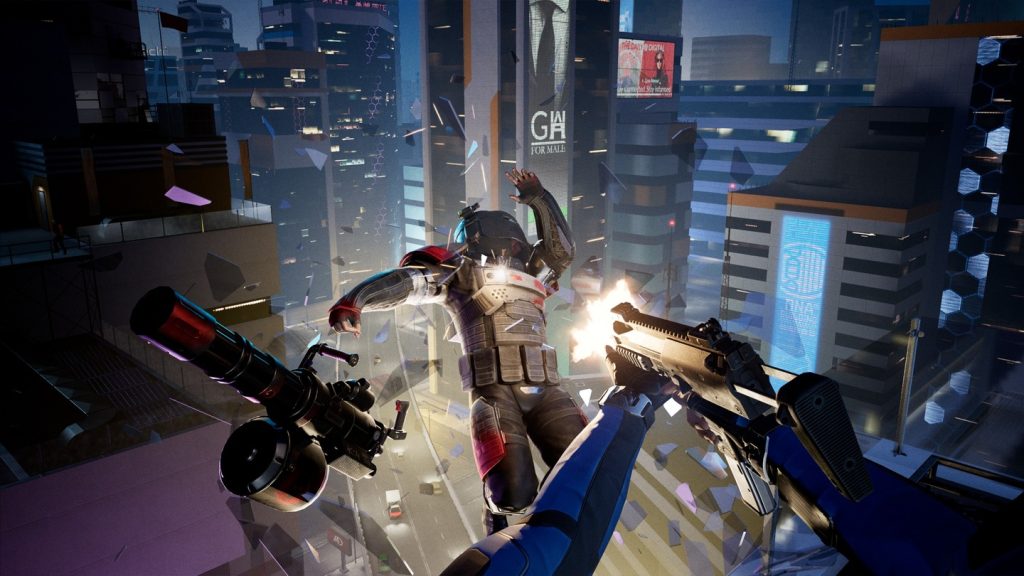
I have encountered a few issues, but I won’t dwell on them as a patch has already been released and another one is expected soon, so hopefully those problems should have been fixed. There was one specific bug that was quite bothersome, as it prevented me from progressing to the next level after dying. This meant I had to complete the entire level without any interruptions. As they say, I had to improve my skills in order to overcome it.
Violent Endings
Stride: Fates is the most similar experience to Mirror’s Edge in standalone VR, but it lacks the same level of refinement and would benefit from additional development time. The shooter aspects, particularly in the early levels, need improvement to better align with the parkour elements. Personally, I don’t believe the stealth levels are necessary, and while the narrative delivers on its promises, it fails to captivate players and mainly serves as a means to advance to the next level.
With that being said, certain levels are truly successful; the shooting, movement, and overall design blend seamlessly, creating the sensation of being a skilled parkour demon effortlessly wall running, grappling, and sprinting while defeating enemies. During these moments, the game surpasses its flaws and allows you to overlook any concerns you may have, resulting in a beautiful experience.
In summary, Stride: Fates is a parkour shooter that occasionally falls short of excellence while trying to cater to different audiences. However, it also has moments where it successfully combines these elements into the seamless flow-shooter experience we had hoped for. I just wish it achieved this more consistently.




